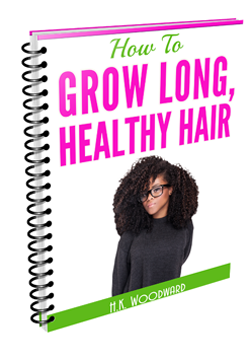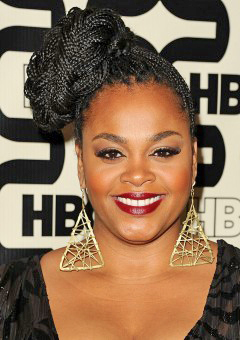|
All the shampoo recipes are designed for our dry kinky and curly hair. As such, they are for weekly use and are designed to be both moisturising and very conditioning.
The formula will be: Heated phase
Cool-down phase
pH: To get the pH to about 5.5, I use citric acid. Consistency: To thicken, I use 1-2% xanthan gum or crothix liquid. A very basic shampoo would just have water, surfactants and a preservative but that concoction would be no good for dry hair AT ALL! I have been wanting to try out glycol distearate but I couldn't get a hold of it. I've been told it's great on dry hair so if you can find it then add it at a concentration of 1.5% to 3% and reduce the concentration of water by the same amount. How To Measure Ingredients For accuracy use weight in grams rather ml. Imperial units (i.e. pounds and ounces) will result in a total mess up, they are too inaccurate, don't use them. I have a scale that measures as little as 0.1g (that's 0.00353 oz) so it's super super accurate. Notes on the ingredients: Water - Use distilled or deionized water The best water to use to ensure no contamination is distilled water – not tap water or bottled water, they are all different. Distilled water and deionized water are the same thing. Sulfates I am not using sulfates, sulfosuccinates and alkane sulfonates because those are not good for dry hair types. If you are an oily haired girl then you can substitute those in to see how well they work for your hair. Cocamidopropyl betaine is a good surfactant to have because it increases the mildness of a shampoo and it helps to thicken it too. When you are shopping around for sodium cocoyl isethionate (SCI) note that you might find two types, one with stearic acid and one without it. If you have dry hair like 'moi', you want the one with stearic acid. Remember: Sodium Cocoyl Isethionate (SCI) - is a very mild anionic surfactant Decyl Glucoside - is a very mild non-ionic surfactant Cocamidopropyl Betaine - is a mild amphoteric surfactant Coco Glucoside - is a mild non-ionic surfactant Lauryl Glucoside - is a mild non-ionic surfactant Oil and Polysorbate-80 As you well know water and oil don't mix. In order to add an oil to a shampoo (a water-based product) it needs to be diluted in polysorbate-80 or another emulsifier otherwise it will just float about on top. Hydrolyzed Protein I don't leave shampoo on my hair for long so I think it's a waste to have yummy stuff like hydrolysed proteins in my shampoo, I would rather leave them for the conditioner. Feel free to add them to yours at 1-2%. Fragrance Oils Fragrance oils can change the thickness of your shampoo. Apparently vanilla thins a mixture whilst lavender and citrus oils thicken it. 
Get your FREE ebook on How To Grow Long, Healthy Natural Kinky or Curly Hair. You might also like: Ref: swiftcraftmonkey: Formulating a regular shampoo, Esters - thickeners (part 1), Instructions for making shampoo!, How To Make Shampoos (diycosmetics.com), Shampoo Formulation (specialchem4cosmetics.com), How To Make Hair Shampoos (makingcosmetics.com), Shampoo Ingredients (sci-toys.com)
Fedibengal
19/3/2014 11:48:47 am
Where do you get your ingredients form inn London?
Heather Katsonga-Woodward
7/5/2014 03:22:40 am
Hi Fedi Comments are closed.
|
I now blog about wealth creation - so if you have any money questions meet me there, you can do all sorts of cool things like leave me a voicemail.
By Heather Katsonga-Woodward
I was a natural hair blogger and mixtress living between London & Chicago from 2012 to 2017. I always thought I was 4C but some say 4B; images below - you decide! Heather xx Categories
All
Archives
November 2016
|












